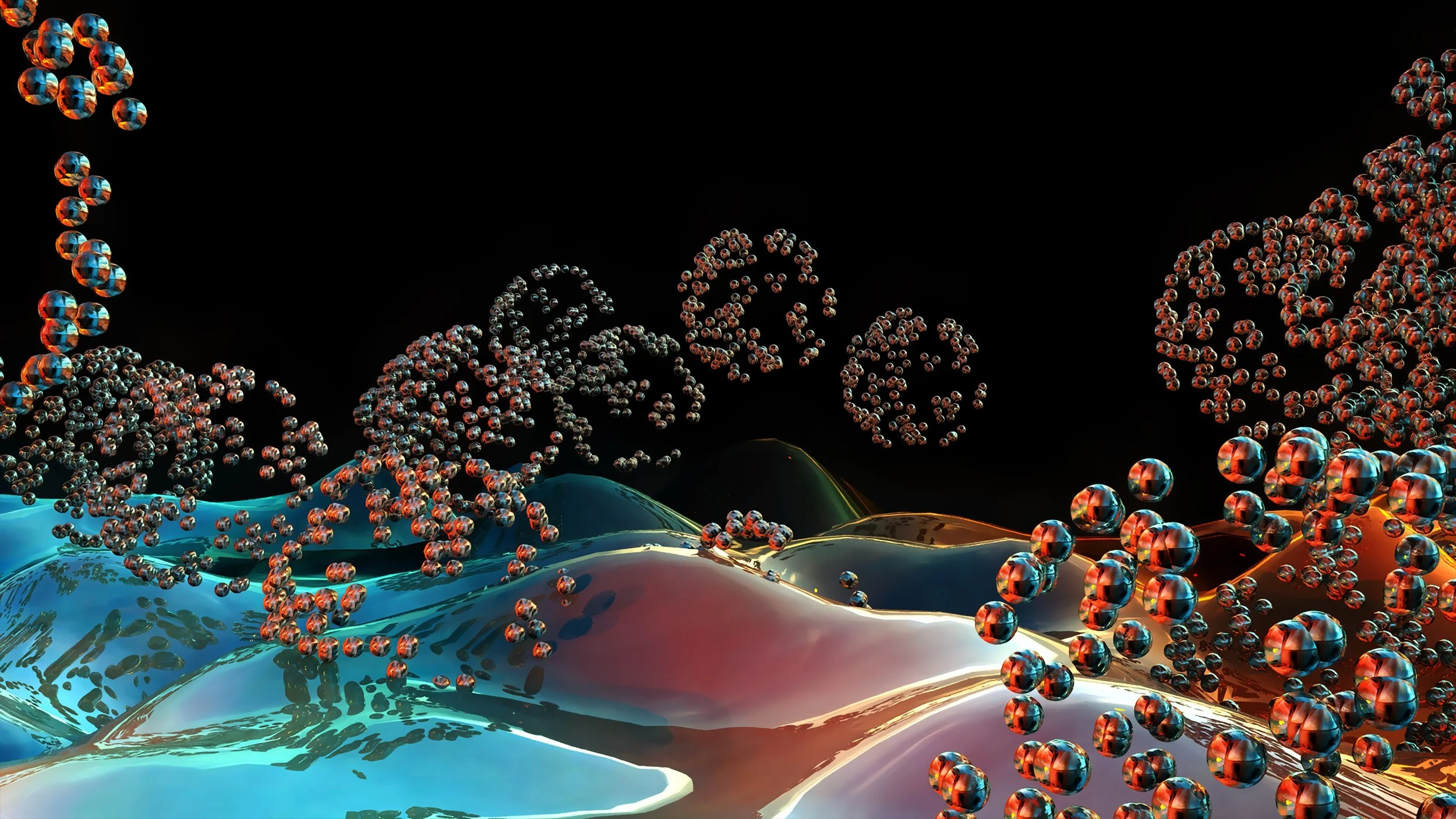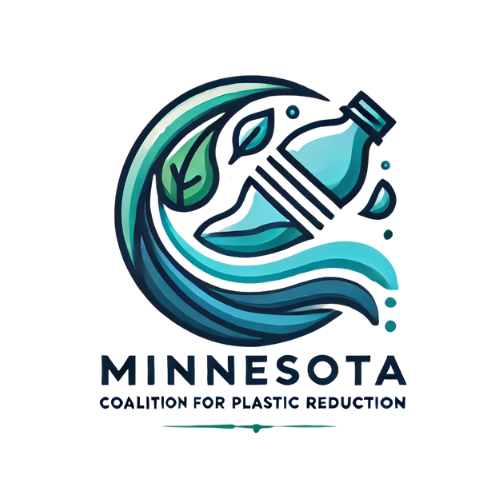
Learn About the Effects of Plastic on Our Health and the Environment
Rethink Your Addiction to Plastic: Discover the Urgent Need for Change
-

Microplastics
Recent studies have found microplastics in the human brain, raising concerns about their potential impact on neurological health. These tiny particles could enter the brain through the bloodstream or by inhalation, potentially causing inflammation, oxidative stress, and disruption of normal brain function. Although the long-term effects are not yet fully understood, the presence of microplastics in the brain suggests a need for further research into their impact on cognitive health and neurological disorders.
-

Nanoplastics
Nanoplastics, smaller than microplastics, can penetrate deeper into tissues and organs, posing greater health risks. Their tiny size allows for easier absorption through the skin, lungs, and digestive system. Like microplastics, they can carry harmful chemicals and cause inflammation, toxicity, and long-term health issues, including cancer and developmental disorders. Their ability to accumulate in organisms makes them a serious concern for both human health and the environment.
-

Toxic Chemicals
Plastics are made with hundreds of chemicals, such as those added for flexibility, durability, or color. Many of those additives are toxic, for example, BPA, phthalates, PFAS, and flame retardants. Some are associated with increased cancer risk while others are known endocrine disrupting chemicals (EDCs), which can change how our hormone system functions. They are associated with serious health risks including diabetes, obesity, cardiovascular disease, reproductive and neurological disorders and compromised immune functioning.
-

The Myth of Recyling
Most plastics end up in landfills or incinerators rather than being recycled. Despite efforts to recycle, a large percentage of plastic waste is not processed due to contamination, lack of recycling infrastructure, or the degradation of material quality. Some recycled plastic is exported to countries not equipped to handled our plastic waste. Recycling plastic also takes the focus away from reducing and finding alternatives to single use plastic.
-

Chemical Recyling
Chemical recycling, while promoted as a solution to plastic waste, has several drawbacks. It often requires high energy inputs and can produce harmful emissions, contributing to pollution and climate change. Additionally, the process may not be as efficient as hoped, as it can break down plastics into lower-quality materials or toxic byproducts. Chemical recycling doesn't solve the root problem of overproduction and overconsumption of plastics.
-

Global Export of Plastic Waste
In the U.S., a significant amount of plastic waste is exported to other countries. While some plastics are sent for recycling, many are instead dumped in landfills, burned or end up in rivers that flow to the ocean, contributing to pollution and environmental harm in those regions. This practice shifts the responsibility of plastic waste management to other countries, without solving the issue of plastic overproduction and waste.











